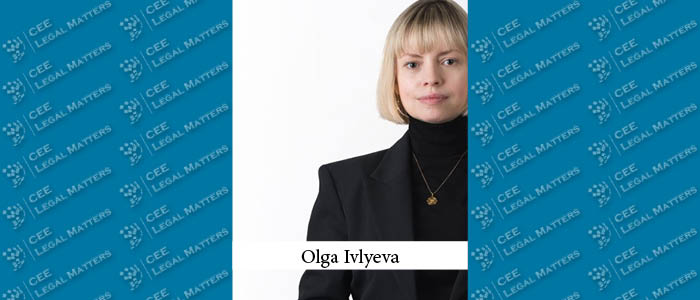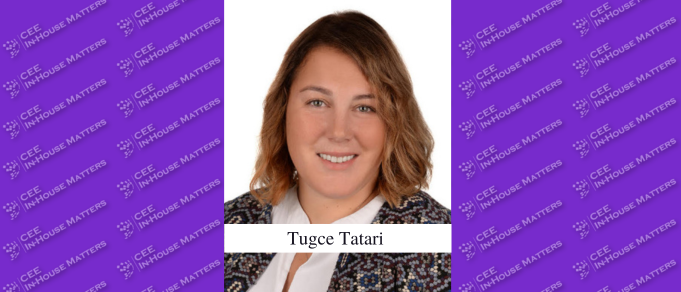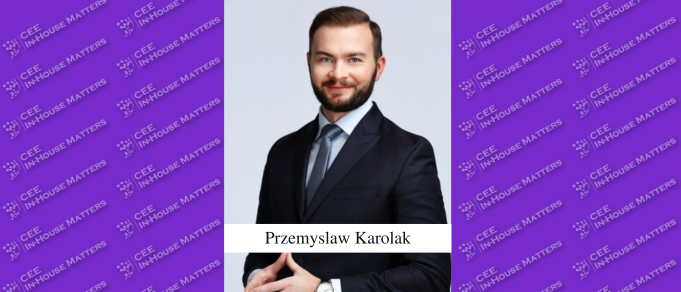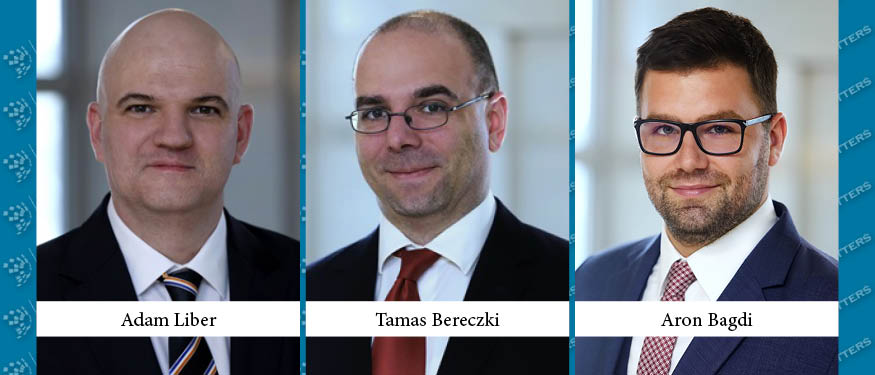In early September of this year, the President of Ukraine signed the Law “On Amendments to Certain Legislative Acts of Ukraine on Improving Legislation on Protection of Economic Competition and Activities of the Antimonopoly Committee of Ukraine” (the “Law”).
The Law launches the reform of Ukrainian antitrust legislation which had been blocked by the Ukrainian Parliament for a long time. The main purpose of this reform is to bring Ukrainian competition regulations in line with EU legislation, which has become even more important considering the recently approved decision by the EU Commission to begin negotiations with Ukraine on its joining the EU.
The Law will enter into force on January 1, 2024; thus, domestic and international investors have some time to familiarise themselves with the upcoming changes to the country’s antitrust legal framework.
1. Calculation of financial thresholds
In order to determine whether a transaction qualifies as a concentration and is subject to merger clearance of the Antimonopoly Committee of Ukraine (the “AMC”), it is necessary to perform certain tests involving the calculation of the parties’ financials. If the financials exceed the relevant thresholds, the AMC merger clearance is required for transactions qualified as concentrations by the applicable law (e.g., acquisition of 50% of shares in a company).
Until the Law comes into effect, the financials of the seller of a business will continue to be included in the financials of the target. This is done even if the control relationship between the seller and the target business are to be terminated as a result of the concentration. Such a situation contradicts the requirements of the EU competition law and often leads to situations whereby an acquisition of 100% of the shares in a target not related to Ukraine could require a merger clearance from the AMC due to the target’s current owner’s Ukrainian financials exceeding established thresholds.
The Law, however, only solves this problem partially. It sets forth that the financials of the target will not be included into the financials of its seller if their control relationship is terminated as a result of the concentration. However, this rule will only apply if the target (i) has no assets in Ukraine, and (ii) has not conducted business in Ukraine for the last two financial years and during the year in which the transaction takes place.
Thus, if the target has no connection to Ukraine, then no merger clearance from the AMC will be required. Nonetheless, if the target has even minimal assets or insignificant business activities in Ukraine, including sales to Ukrainian counterparties, there is still a chance that approval will be necessary because the seller’s financials will be included in the target’s assets and turnover.
2. Establishment of joint ventures
Prior to the introduction of the Law, the establishment of any joint venture (including a shell joint venture without assets) could potentially trigger merger requirements in Ukraine. The Law aligns the relevant provisions with those of the EU, and once it becomes effective, the establishment of only a fully functional joint venture may require AMC merger clearance.
Nevertheless, in certain cases, the establishment of a not yet fully functional or a shell joint venture may still require separate concerted actions approval from the Ukrainian competition authority. It is recommended that parties be properly advised in this regard.
3. Enforcement of AMC decisions
The Law grants the acts (called the “orders”) of the Chairman of the AMC and its territorial offices on the enforcement of certain decisions by the AMC (in particular regarding the collection of fines) the status of enforcement documents. The relevant novelty would make AMC orders similar to court orders issued based on court decisions. This means that state enforcement authorities may collect fines imposed by the AMC based on such an order.
Prior to that, AMC decisions on applying fines were mostly challenged by the parties in courts, and were enforced only if the parties lost the challenge. Thus, it often took the AMC two years, sometimes even longer, from the moment the decision was made for it to launch enforcement proceedings. During that time, the parties that were the subject of the AMC decisions could have tried to declare bankruptcy, reorganise, or simply divest themselves of assets.
The new rule on AMC order enforcement is expected to significantly simplify and shorten the AMC’s timeframe for collecting competition law-related fines. It will also increase the importance of the AMC’s own hearings and investigation of competition cases.
4. Introduction of joint and several liability
Previously, the AMC would impose fines on a single legal entity that violated the law. The competition authority could not target other affiliated companies or the companies’ shareholders. As noted above, this often allowed a group of companies to avoid liability by bankrupting a particular legal entity or depriving it of property that could be subject to a fine.
The Law changes this status quo by providing for joint and several subsidiary liability of the legal successors of such an entity or its shareholders.
5. Improvement of the leniency program
The leniency program was introduced by the AMC over ten years ago (in 2012), but it has not been widely used in practice. The reason for this is primarily the lack of clear guarantees for program participants.
The new Law improves the leniency procedure by providing a list of requirements that guarantees exemption from liability, as well as by establishing the possibility of reducing fines for subsequent applicants in the procedure (down to 50, 30 and 20 percent, respectively).
6. Introduction of the settlement procedure
The Law provides for the possibility of a settlement procedure between the parties and the AMC. The procedure may be applied in cases of abuse of dominance and anticompetitive concerted actions. The main advantage for a party is a 15% reduction in the amount of the fine, while for the AMC it is an opportunity to collect fines more quickly and to remedy the claimed antitrust violations.
7. Conducting inspections
The Law has regulated the procedure for conducting inspections of legal entities by the AMC in greater detail.
Namely, according to it:
- A prior decision by the commercial court is required for conducting an inspection by the AMC.
Prior to this, a mere decision by the AMC was sufficient to conduct an investigation that could potentially lead to an abuse of power by the authority.
- The AMC inspection should not generally exceed a 30-calendar day period.
Previously, there was no maximum term for an inspection.
- Inspections are to be carried out during office hours (from 8 am until 6 pm) with a prohibition to conduct inspections on weekends, holidays or outside office hours.
- Pursuant to a request by the inspected entity, its legal counsel should be involved in the inspection. The relevant person should be allowed to join the investigation within three hours of the inspected entity’s request. This also means that if the relevant entity is not able to involve its legal counsel within that timeframe, the AMC may proceed with the inspection without the inspected entity being legally represented.
Overall, the relevant regulation with regard to inspections is expected to enable inspected entities to better protect their rights during the aforementioned inspections.
8. Clarification of the parties’ rights
The Law of Ukraine “On Protection of Economic Competition” in its current version provides for a short and limited list of rights attributed to the parties involved in antitrust cases. These rights include:
- familiarisation with case materials;
- provision of evidence, submission of petitions, oral and written explanations (objections), proposals regarding issues that have been submitted for examination;
- obtainment of copies of decisions; and
- challenging decisions.
Given that the above list seems to be exhaustive, one may argue that the parties do not have other rights except for the foregoing. In particular, the rights to translation or making copies may be denied.
The Law solved this problem by extending and detailing a list of rights of the parties involved in antitrust cases. For instance, the right to use interpretation (translation) services, make copies and extracts from the AMC files have been added to the list. Moreover, the Law expressly specifies that the relevant list is non-exhaustive, and the parties may enjoy other rights provided by the competition law.
To summarise, the Law can be viewed positively, having corrected certain flaws in the Ukrainian competition regulations. However, not all of these flaws have been addressed and clarified. Furthermore, the Law has increased the importance of the AMC’s own proceedings, arguably bringing them on a par with court proceedings. Time will tell how the relevant innovations will be applied in practice, nevertheless, businesses need to be prepared to operate within the new competition regulatory framework.
By Olga Ivlyeva, Associate, Wolf Theiss
















